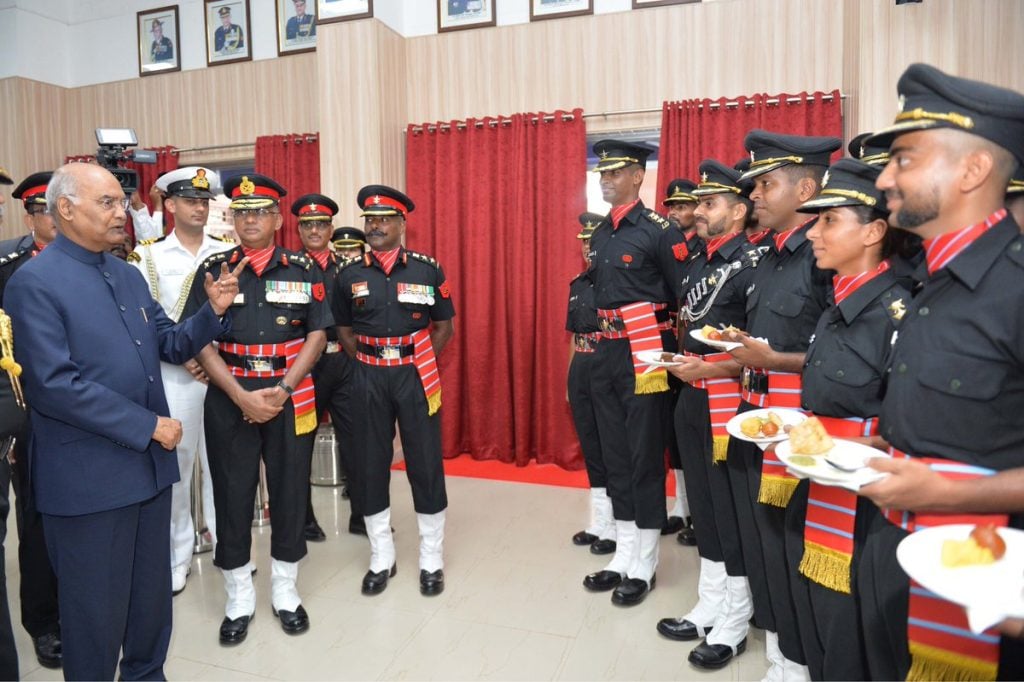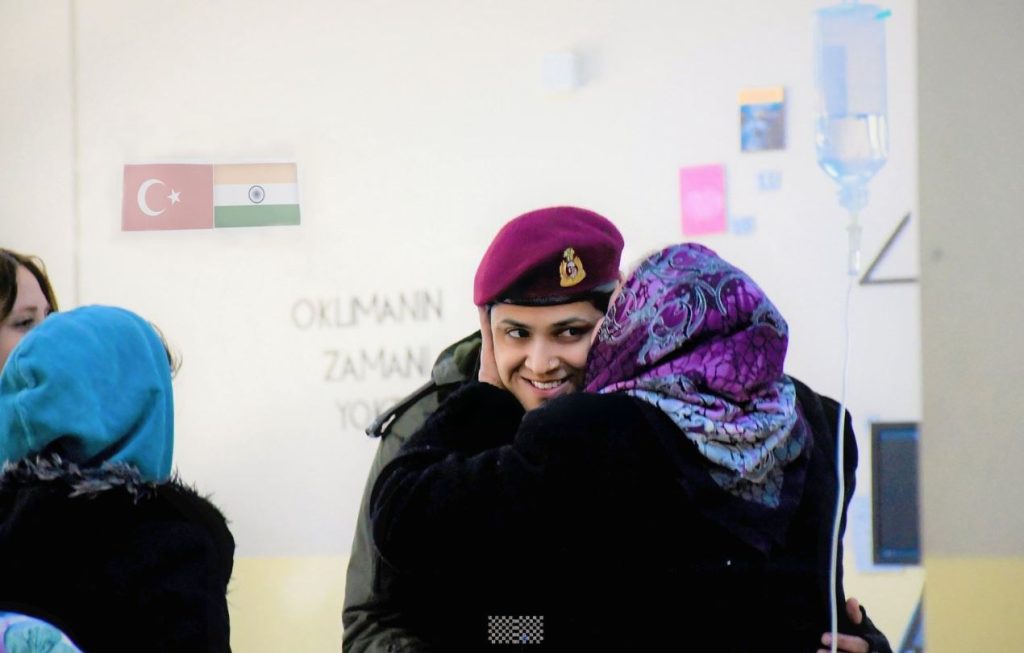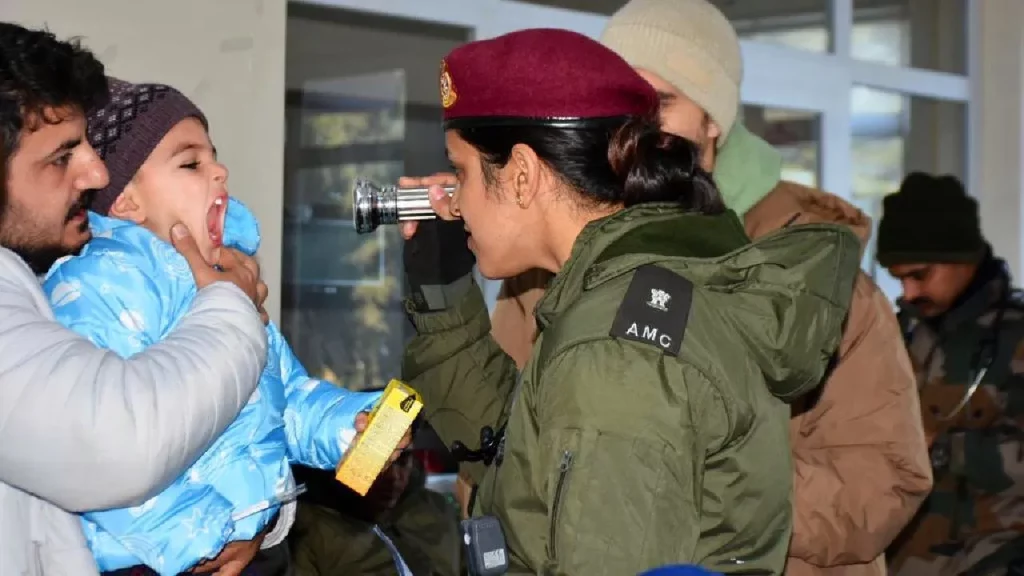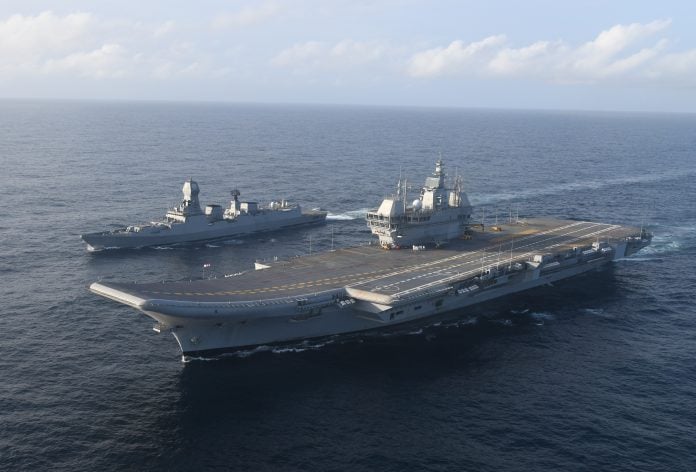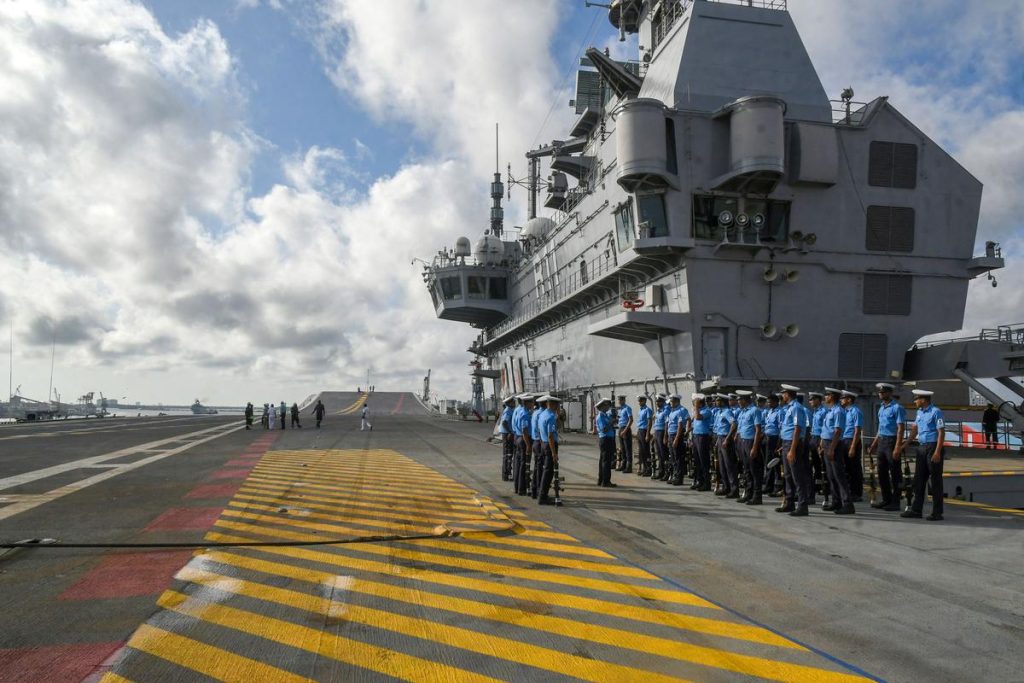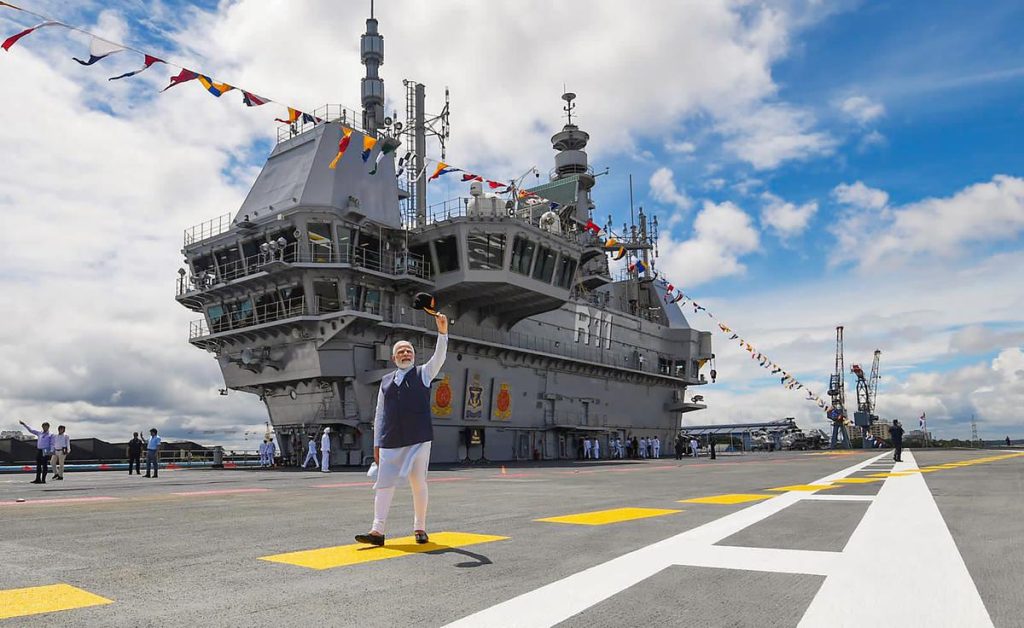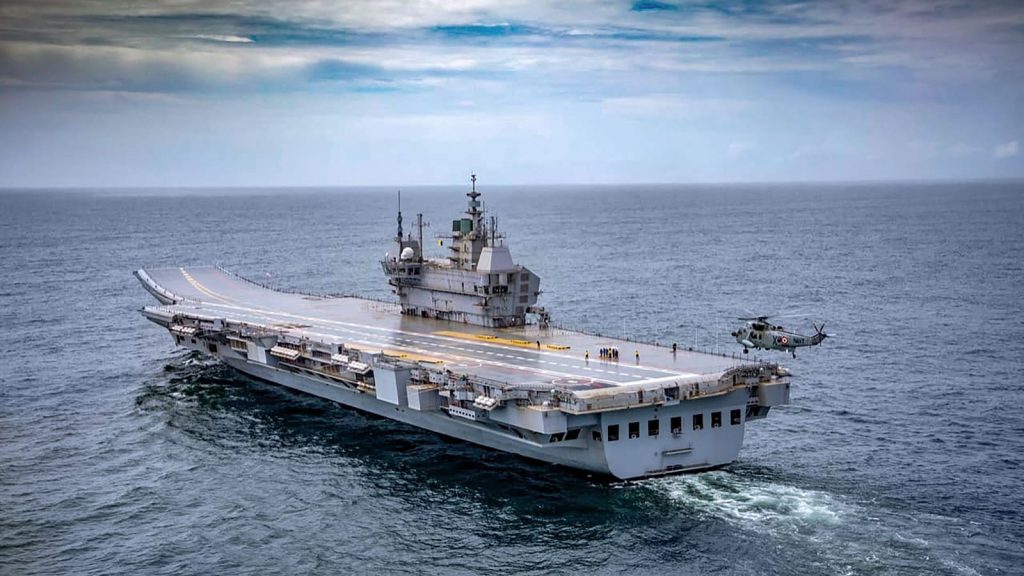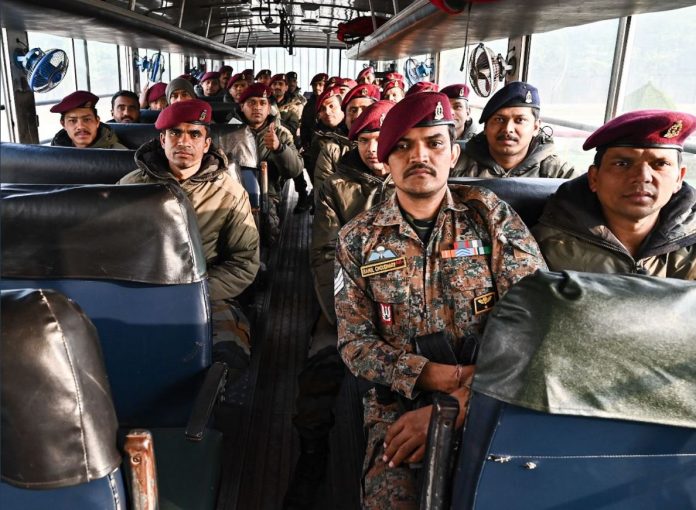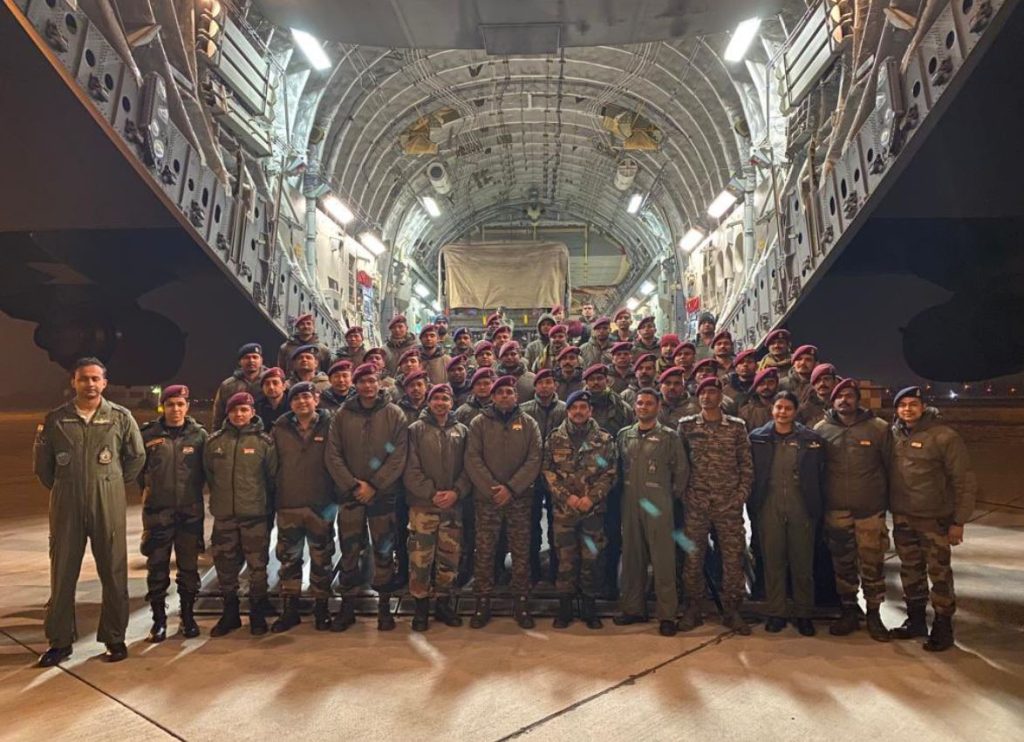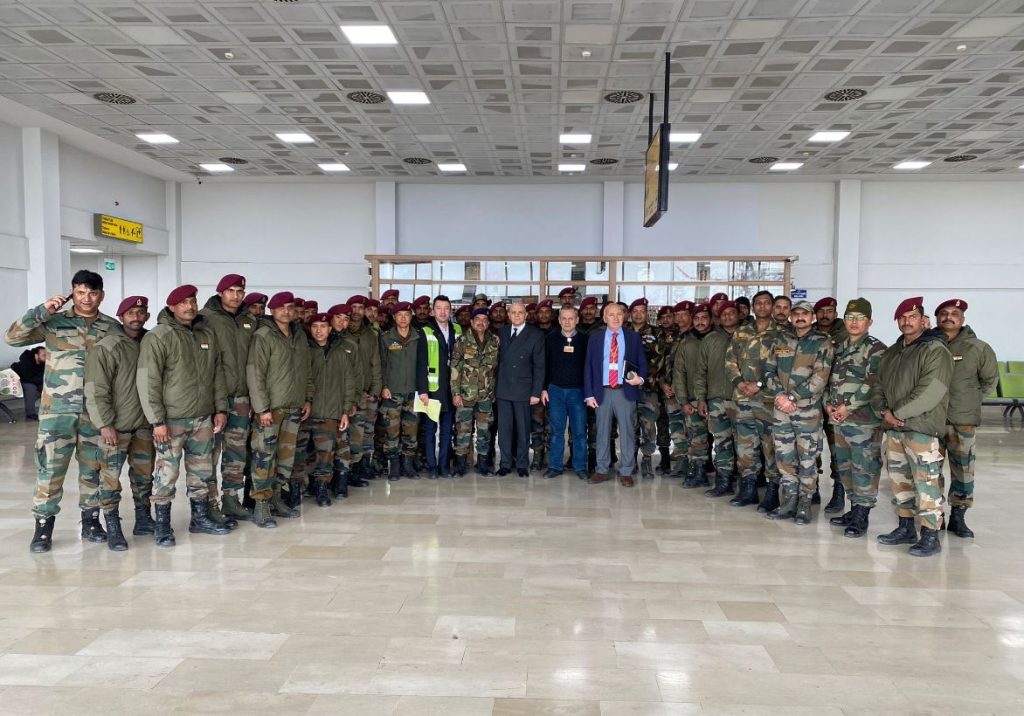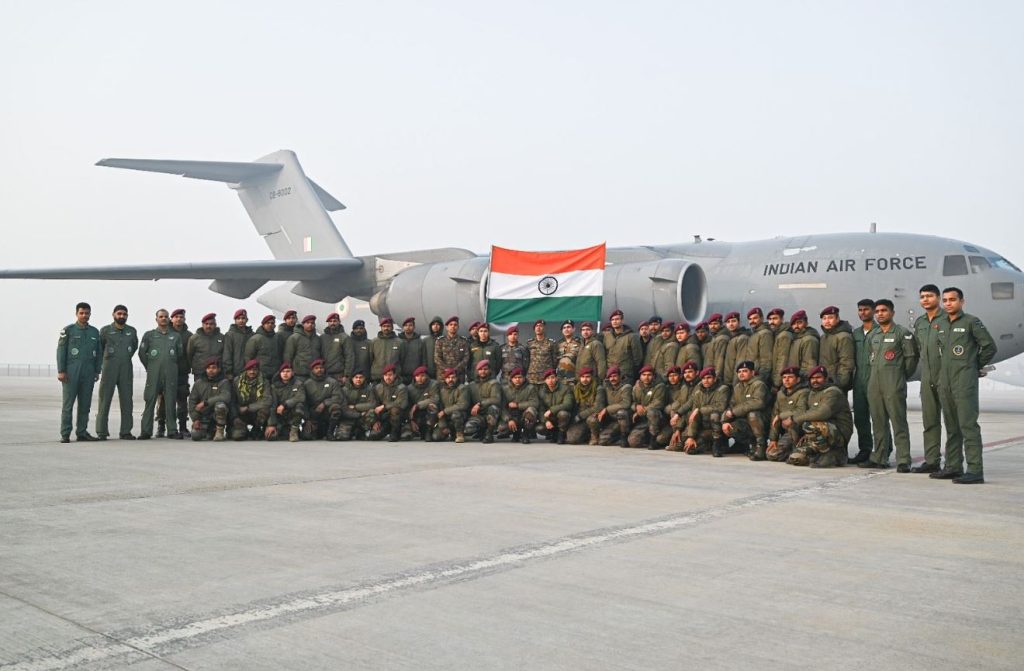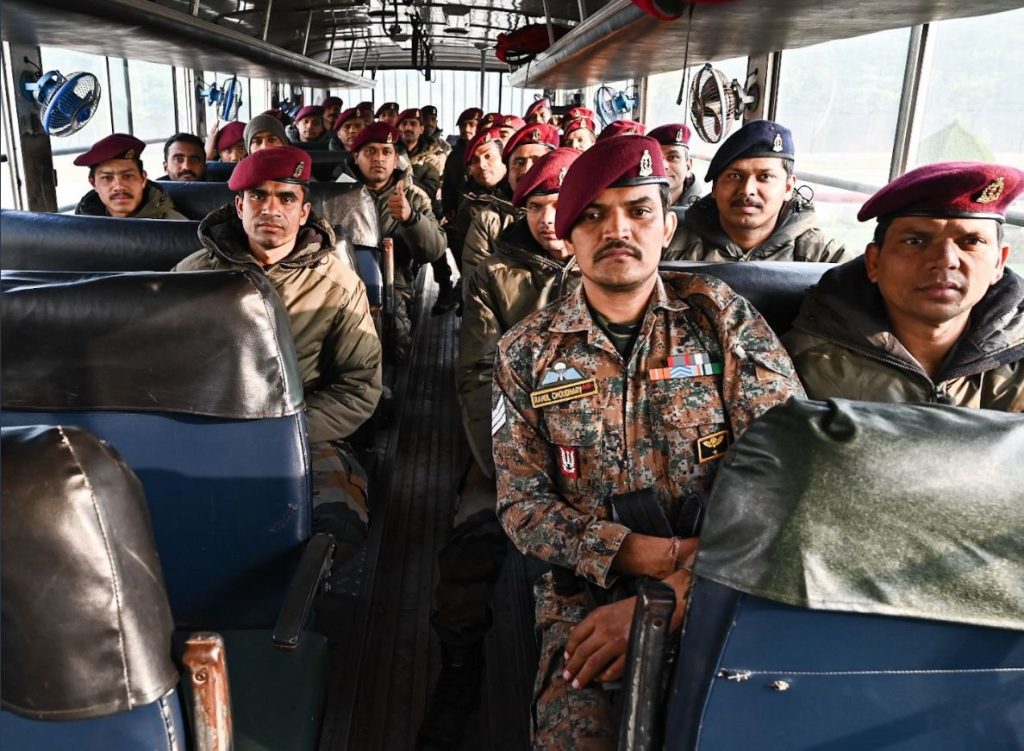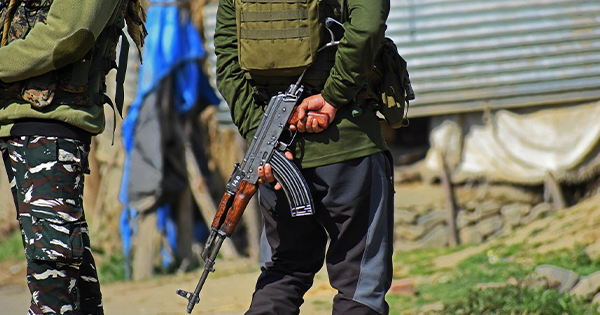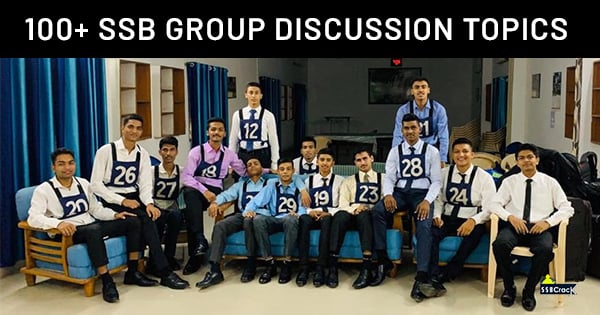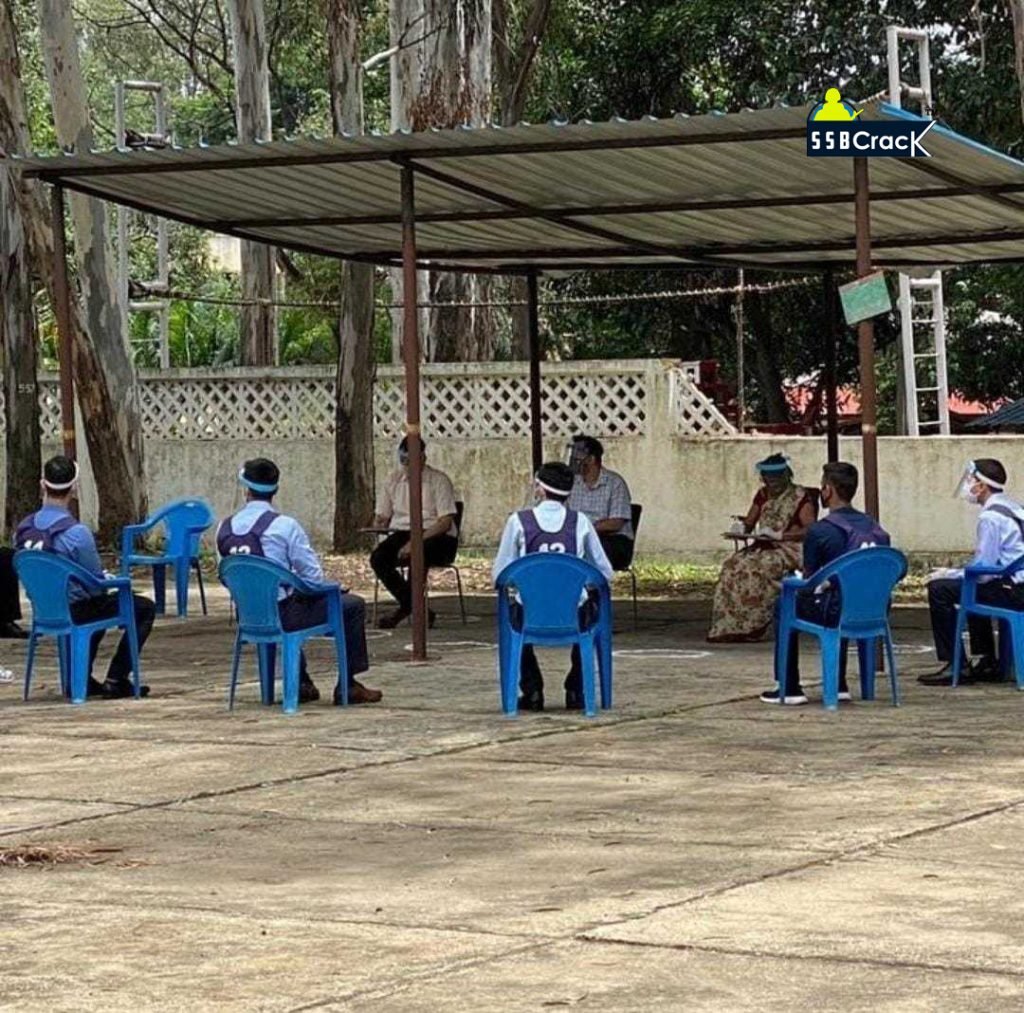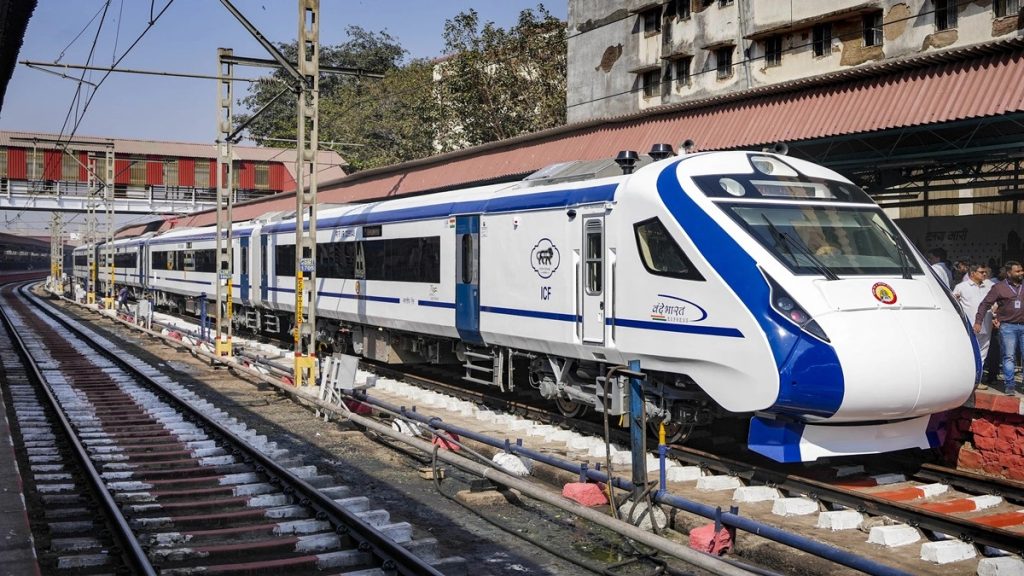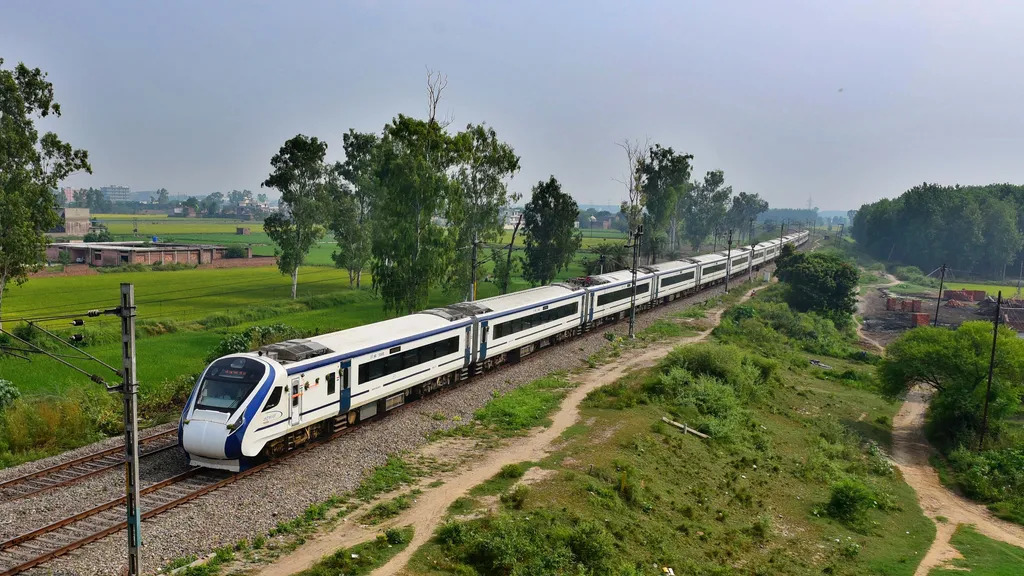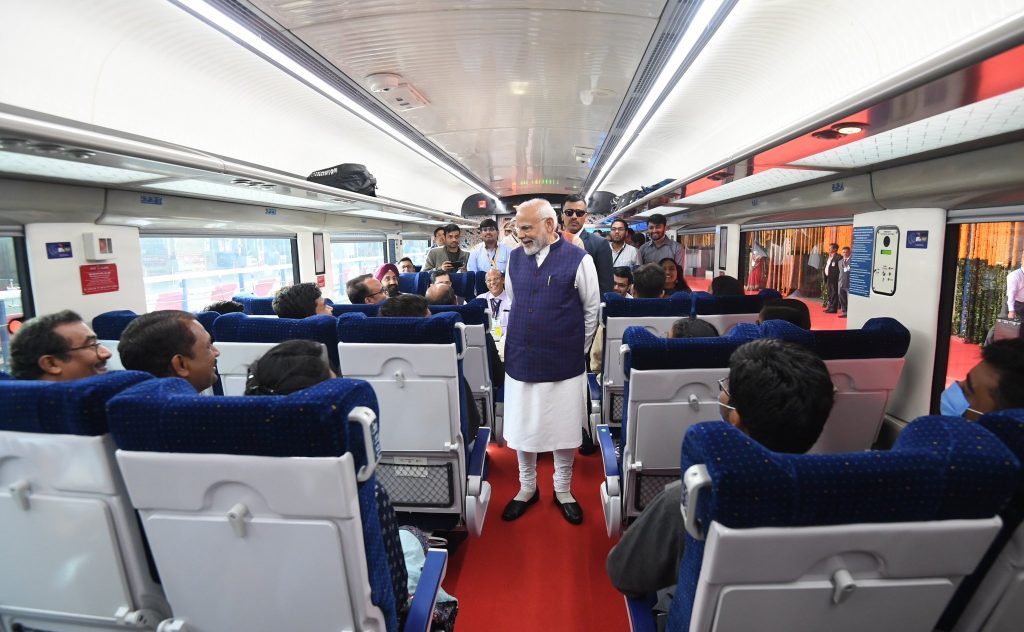Dating is not allowed in the National Defence Academy (NDA), which is a tri-service military training institution in India that prepares cadets for selection to the Indian Armed Forces. NDA is known for its strict discipline and adherence to rules and regulations, and any kind of romantic relationship or dating is strictly prohibited on its campus.
Cadets at NDA are expected to focus entirely on their training and studies during their three years of rigorous military training, which includes academic classes, physical training, drills, and various other activities aimed at developing their leadership and military skills. Any kind of distractions, including romantic relationships, can negatively impact their performance and undermine their overall training experience.
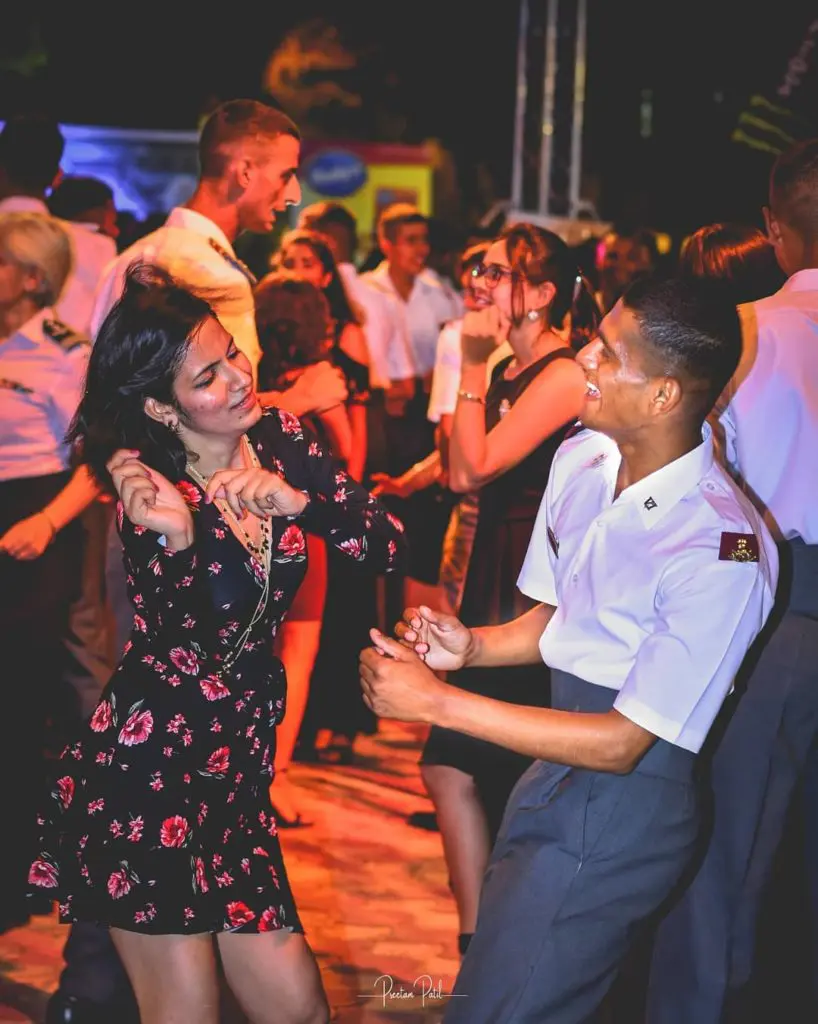
Moreover, the NDA has a zero-tolerance policy towards any form of sexual harassment, and any cadet found engaging in such activities can face serious consequences, including dismissal from the academy. Therefore, cadets are expected to conduct themselves with utmost professionalism and adhere to the high standards of discipline and conduct expected of them as future officers in the Indian Armed Forces.

Therefore, it is advisable for NDA cadets to avoid engaging in romantic relationships until after completing their training and joining their respective services.
While there are no strict rules prohibiting NDA cadets from having girlfriends outside the campus, it is still advisable for cadets to avoid engaging in romantic relationships during their training period. The NDA emphasizes strict discipline and professionalism among its cadets, and any behavior that may be perceived as a distraction or a violation of the academy’s code of conduct can negatively impact a cadet’s training and performance.
Furthermore, NDA cadets are required to maintain a high level of personal conduct, both inside and outside the campus, as they are expected to uphold the values and ethics of the Indian Armed Forces at all times. Any behavior that goes against these values and ethics can be viewed as a violation of the NDA’s code of conduct, which can lead to serious consequences, including dismissal from the academy.
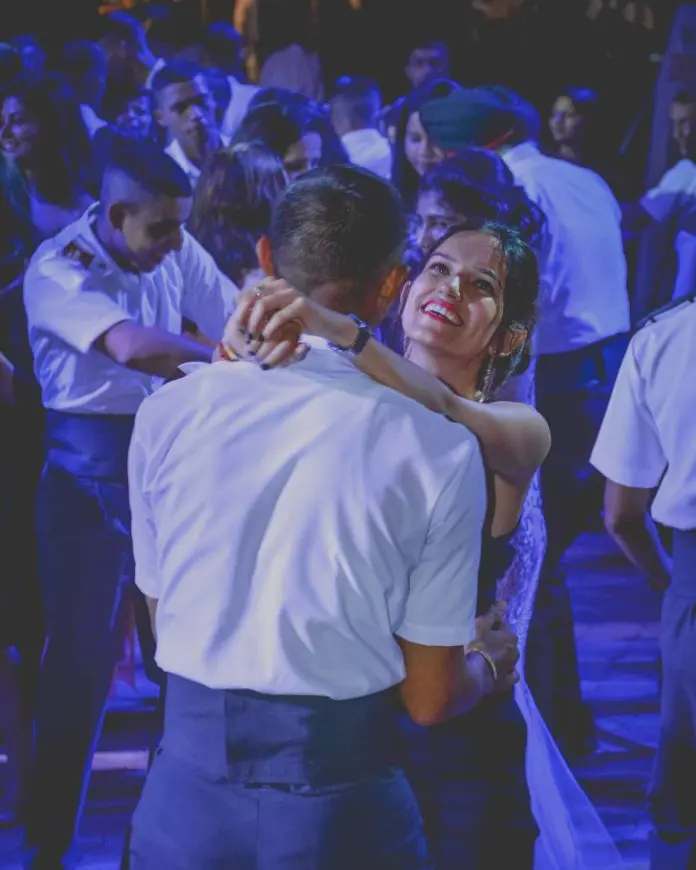
Therefore, while NDA cadets may technically be allowed to have girlfriends outside the campus, it is still advisable for them to prioritize their training and focus solely on their studies and military training during their time at the academy.





